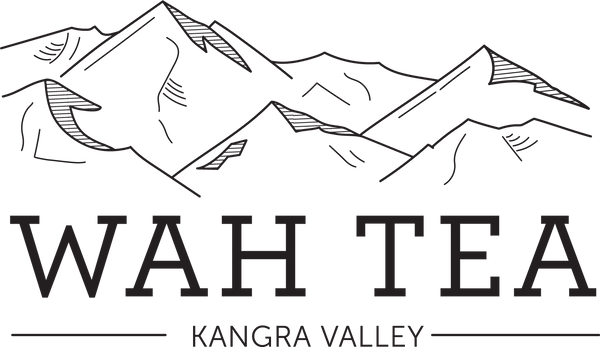Our History
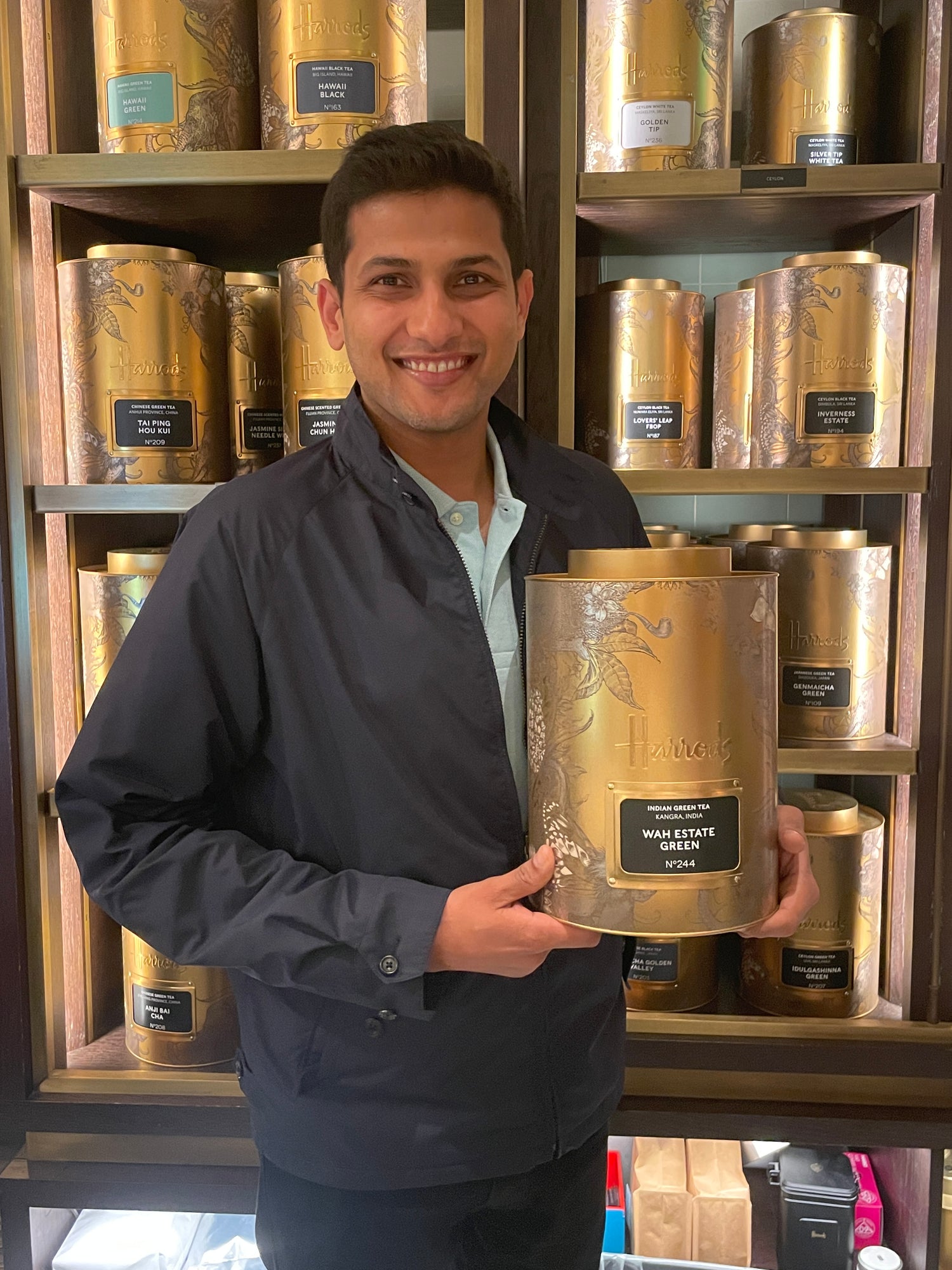
Surya - Decades of Tea Tradition
I come from a long lineage of tea planters, and for as far back as I can remember, my childhood was filled with endless acres of green bushes, visits to tea factories, and lively discussions about—and with—tea. I grew up accustomed to the taste of chai, often drinking more cups of orthodox tea than water!
Over time, my extended family has nurtured tea gardens across Darjeeling, Assam, Dooars, and, of course, Himachal Pradesh. But among them all, Wah Tea Estate—nestled in the breathtaking valley of Palampur—was always a special place to me.
Now, as a fourth-generation planter, I personally oversee the entire tea-making process. Living in Palampur allows me to be fully immersed in every stage, ensuring that every leaf we produce meets the highest standards—not managed from afar, but crafted with care, right at the source.
Many companies and brands have been built around tea, but I was disappointed to find that few were truly "garden to cup." While some eliminated middlemen, I wanted to go further—to ensure that the finest teas from our estate reach your home directly. Alongside this, I am taking steps to make Wah Tea a truly sustainable brand, rooted in responsible practices and deep respect for the land.
Good things are brewing!
- Surya, Director
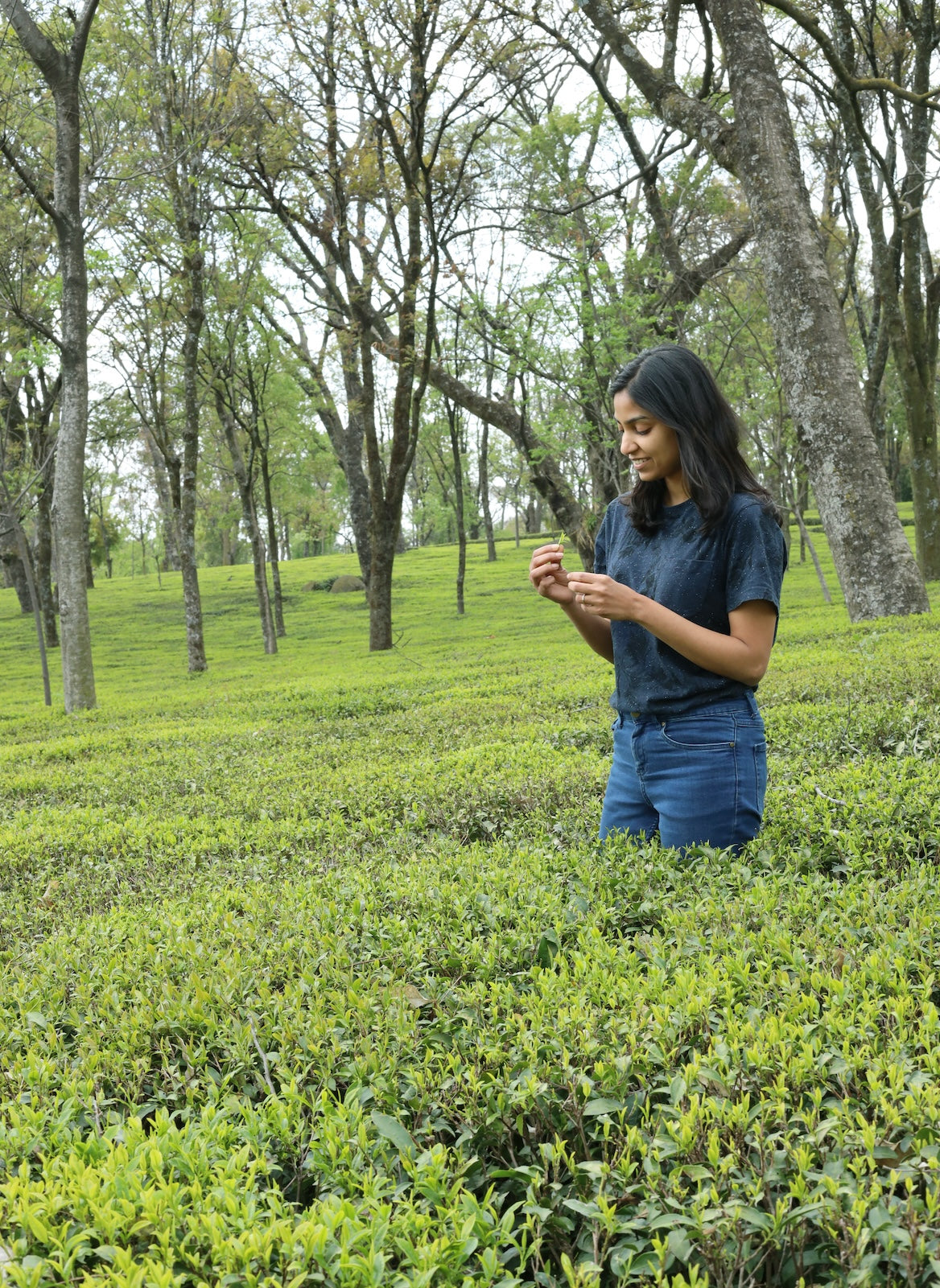
Upasana - Finance to Tea & Hospitality
While Surya carries forward the legacy of tea planting, my journey into this world took a different path. With an MBA in Finance, I had initially envisioned a corporate career. But when the opportunity arose to move to Palampur, I chose a more meaningful life—one rooted in entrepreneurship, sustainability, and hospitality.
At Wah Tea, I focus on shaping the brand’s future, bringing together my background in finance with a passion for creating authentic garden-to-cup experiences. I also spearhead initiatives around sustainable practices, guest experiences at The Lodge at Wah, and expanding our food & hospitality vision.
For me, this journey is not just about tea—it’s about building a way of life that celebrates nature, community, and mindful living.
– Upasana, Director

I’m Vanessa, a UK partner and representative of Wah Tea.
My journey with tea began in 2020, when my long-standing friend Ashlea and I—first students together, then friends, and now business partners—started our own tea company. What began as a shared passion for the heritage of Kanga tea has since grown into a collaboration with Wah Tea, allowing us to share a product that is ethical, sustainable, and full of meaning. I have also spent time in the beautiful region where Wah Tea’s plantations are rooted, and my fondness for the people, landscape, and traditions there has deepened my commitment to representing their story with care. Alongside my role as a mother and my work in social care, I bring the same dedication and nurture to this business, approaching every customer connection as an extension of that spirit.
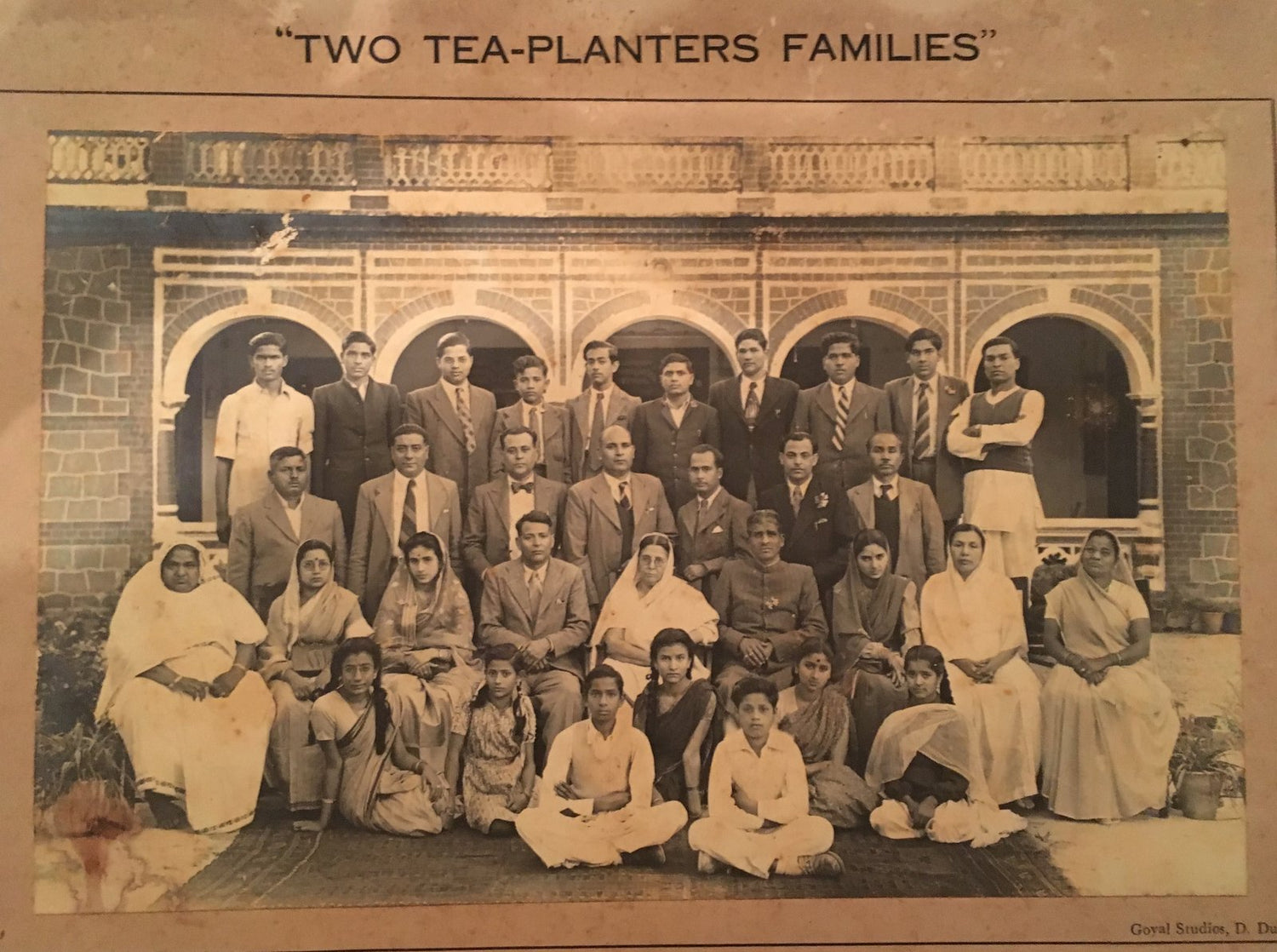
From a Provisions Shop to a Tea Empire: The Chaiwala Legacy
In the early 1900s, my forefather, Sheo Parsad, ran a modest provisions shop in Dehra Dun, where he also sold tea sourced from Goodrich Tea Estate in Kaulagarh. Tea proved to be a profitable product, and with some hard work, Sheo Parsad and his brother Dharshanlal were able to expand the number of shops.
In 1917, fate presented them with a pivotal opportunity. The owner of Goodrich Tea Estate, Darbar Sahib, was on the verge of losing his estate to the British as collateral for unpaid dues. Seizing the moment, Sheo Parsad stepped in, covering the debt under the condition that the estate be leased to them. This marked the family’s first foray into tea cultivation—a decision that would shape generations to come.
Managing Goodrich Tea Estate provided invaluable experience in growing and manufacturing tea, laying the foundation for what would become a thriving tea empire. Fueled by the success of this venture, the family expanded its holdings, eventually earning the respected title of the ‘Chaiwalas.’ By 1960, the Chaiwala tea estates spanned across India, producing an impressive 10 million kilograms of tea annually.
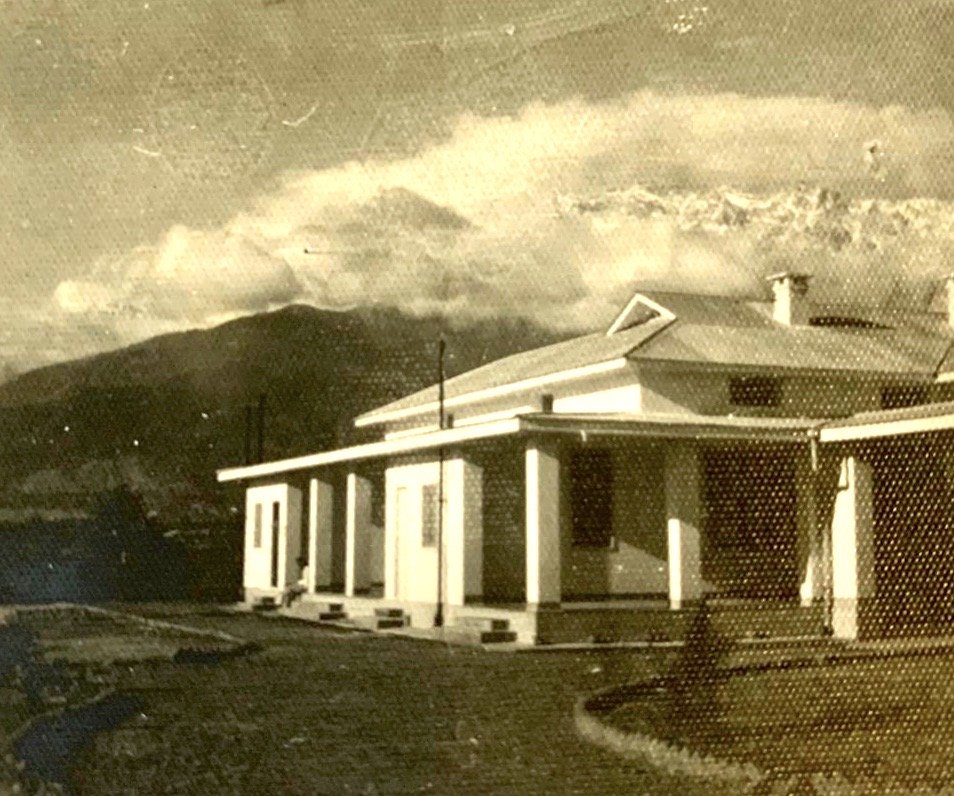
Wah Tea Estate: A Story of Resilience and Charm
Wah Tea Estate was established in 1857 in Palampur, Himachal Pradesh, by the British. For decades, it thrived under continuous cultivation, even enduring the devastating 1905 earthquake that struck the region. The estate was later acquired by Sir Sikander Hayat-Khan, son of the Nawab of Wah in present-day Pakistan, who named it after his birthplace. Fittingly, ‘Wah’ means ‘wow,’ a sentiment we hope every visitor experiences when they step onto the estate.
In 1953, my family—known as the Chaiwala family—took over Wah Tea Estate. As our family grew, the plantations were divided among the younger generations, yet the renowned ‘Chaiwala’ legacy continues to unite us. Today, Wah Tea Estate is nurtured by the third and fourth generations, including my father, Deepak Prakash, and me.
As a child, I spent countless days wandering through the tea gardens, returning year after year to the tranquil beauty of Kangra. The crisp, pine-scented air—believed to have curative properties—left an indelible mark on me. My travels around the world only deepened my appreciation for this untouched paradise, inspiring me to share its magic with others. And so, The Lodge at Wah was born—a place where guests can stay to immerse themselves in the serenity and timeless charm of the estate.
